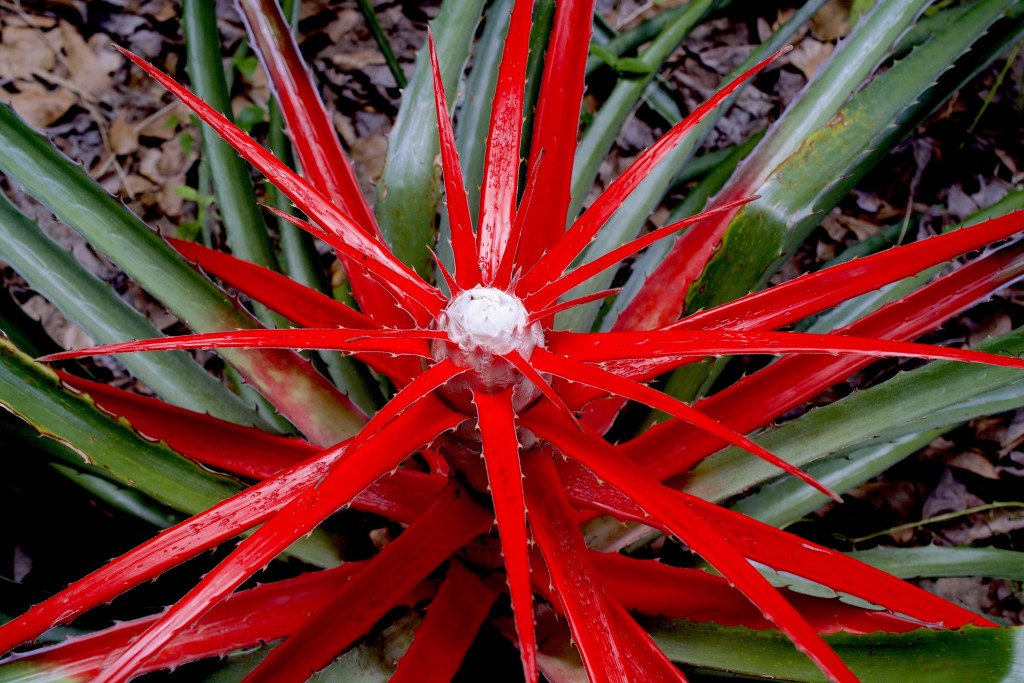
What do Spanish Moss and Bromeliads have in common? They are both related to pineapples including the Wild Pineapple pictured above. The Wild Pineapple is not too wild being planted in various local for it’s technicolor blossom. To read more about the Wild Pineapple go here. Photo by Green Deane
Unlike many areas we get a continuous crop of Ground Cherries but there are seasonal bulges in production, spring and fall. They are coming into season locally though if you miss some now you can certainly find some this fall.
Like the American Nightshade (Solanum americanum) Ground Cherries (Physalis spp.) are somewhat misunderstood. People hear the word “nightshade” and get rattled forgetting that the Nightshade family includes tomatoes, potatoes, peppers, eggplant and tomatillos. Both the American Nightshade and the Ground Cherries have fruit that is toxic when unripe but edible when ripe… usually. I add “usually” because every now and then I find an American Nightshade that is bitter when ripe as are some Ground Cherries. In the past the practice was cook the bitter ones. That should get rid of the bitterness, if not don’t eat them. I find so few bitter Ground Cherries (or American Nightshades) that when I do I just skip it and move on to another plant. However, I have eaten a few bitter Ground Cherries and nothing came of it. So I am not sure if avoiding bitter ones is a matter of safe foraging or preference. While most of the Ground Cherries are edible when golden ripe an ornamental one is not, Physalis alkekengi, the Chinese Lantern. And like American Nightshade there are commercial versions of Ground Cherries as well. To read more about Ground Cherries, go here.
Another plant we look for in the fall but can be found in the spring is Horsemint, Monarda punctata. It’s a very aromatic member of the mint family that is easy to spot in late summer or early fall when it puts on brilliant pink bracts. The dotted blossoms are pretty but small. It’s the showy bracts one can see from the road. Every now and then a few blossom in the spring, even occasionally the summer. Like it’s fall kin the flower is always an eye (and insect) catcher. Horsemint is related to several well-known northern mints such as Bee Balm and Oswego tea. Why is it called Horsemint? Because the word “horse” was often used to describe something rough, coarse, or large. The Horse Conch comes to mind. Horsemint also contains a chemical a lot of folks would like to make illegal. To read more about it go here.
Generally there are three types of wild grapes locally. There are 1) native grapes, 2) “escaped cultivars” and 3) native cultivars that have not escaped… far. Let’s take the latter first. Intentional native cultivars include the Noble (red) and Carolos (white.) These are usually planted around the home for food and wine if one liked fruity libation. Generally said they have not escaped into the wild in any great number. When you do find them “in the wild” there is or was usually a house nearby. These were bred from the native grapes which are inconsistent in fruiting and poorer quality. The native grapes are actually one chromosome different from most grapes and might be put into their own non-grape genus. They can go years without fruiting and can range from sour to acceptably sweet. Once while making jelly from them by hand their acid burned my hands. Some botanists want to have them classified as invasive. Thirdly there are the “escaped cultivars.” Their history is up for editing. Are they natives? Do they have some European heritage? And if so when did that happen? Regardless from whence they came they have bunches of grapes like those you buy in the store, only smaller. They fruit consistently and produce a good grape for home use, neither high in acid or excessively sweet. Their leaves are much larger than the “native” grapes and less bitter. They also have a “forked” tendril and are the grape I prefer to harvest. If you look you can find them.
My Upcoming Foraging Classes:
Saturday, May 9th, Boulware Springs Park, 3420 SE 15th St., Gainesville, FL. 32641. 9 a.m.
Sunday, May 10th, Jervey Gantt Recreation Complex, 2390 SE 36th Ave., Ocala, FL, 34471. 9 a.m.
Saturday, May 16th, Wickham Park: 2500 Parkway Drive, Melbourne, FL 32935-2335. 9 a.m.
Sunday, May 17th, Highwoods Preserve, 8401 New Tampa Blvd., Tampa FL 33647. 9 a.m.
Saturday May 23rd, Mead Garden: 1500 S. Denning Dr., Winter Park, FL 32789, 9 a.m.
Sunday, May 24th, Florida State College, south campus, 11901 Beach Blvd., Jacksonville, 32246. 9 a.m.
Highwoods Preserve is the odd-class out in this line up. I was invited to teach a class there by a student who only came to one of the classes there. So it has been a couple of years since this location was offered. Unlike a park we are guests at this location. To learn more about foraging classes go here.
Botany Builder 27: Lucid, from the Dead Latin Lucidus, meaning clear, bright, shiny, glowing, looking polished. (In botanical Greek the same meaning is found in the word Gano as in Ganoderma, the Reishi mushroom.) The shiny part of the plant can be a leaf, seed or fruit as in the American Nightshade mentioned above. One of the identifying characteristics I look for with the American Nightshade is shiny unripe berries and shiny ripe berries. Dull berries indicate a different species. The Reishe mushroom is called Ganoderma because its cap is shiny. Literally translated Ganoderma means polished skin as in leather.
One of the problems when you study mushrooms is they often aren’t around long enough for you to become familiar with them. They can be highly seasonal. Photographs, of course, help, as does getting the opinion of others. That is why I started several mushroom pages on Facebook included Florida Mushroom Identification Forum and Southeastern US Mushroom Identification. And while I usually have to travel to find mushrooms to study this one popped up not six feet from where I write these newsletters. The question was, what was it? By the time I got a good identification from folks who should know the mushroom was long melted and gone. It is Pluteus petasatus which not only is edible but when raw has a slight aroma of radishes. It’s an attractive mushroom and was growing in a mulch bed of old wood chips.
Need to identify a root? Looking for a foraging reference? Maybe you have a UFO, an Unidentified Flowering Object, you want identified. On the Green Deane Forum we chat about foraging all year long. And it’s not just about warm-weather plants or just North American flora. Many nations share common weeds so there’s a lot to talk about. There’s also more than weeds. The reference section has information for foraging around the world. There are articles on food preservation, and forgotten skills from making bows to fermenting food. Recent topics include: Fuzzy Tree, Lacto-Fermenting Stachys Roots, Sweet Aromatic Herb, New Book: Southeast Foraging. Hibiscus Help. Native Wormwoods. Ancient DNA. Love Me Some Betony. Passiflora edulis. Top Restaurant Serves Deer Moss, Uvularia sessilifolia? Where Have You Found Currants?, and Purple flowering plant ID,.You can join the forum by clicking on the button on the upper right hand side of this page.

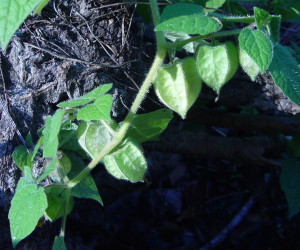
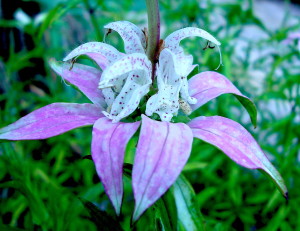
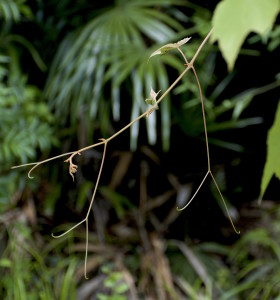

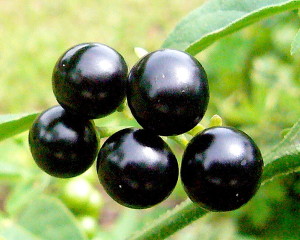
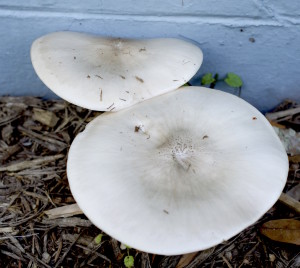
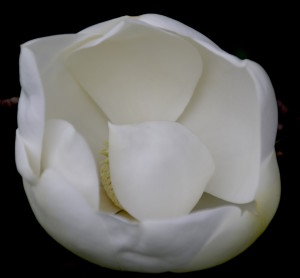

I love the photo on the Wild Pineapple and I wish at this moment to own the actual blossoming plant in my garden. I have a Saw palmetto (Serena repens) now about three feet high; it looks like the Wild Pineapple when I remove the beautiful blossom, though I know they belong to different families.
The Botany Builder 27 is a great idea like previous builders and I wish it will continue in every coming issue.
Let me say a word on “thymol” as most commonly abused substance among anesthesiologists and nurses according to your article:” Horsemint, Spotted Beebalm” and that if it were discovered today it would be a prescription drug. Interestingly the leaves of “khat or qat” vernacular for Catha edulis which contains the stimulants cathinone and cathine is not prohibited in Yemen. Nowadays one can watch on TV some Yemenese wariors “storing” handfuls of chewed leaves in their cheeks. However, travellers abroad are warned of exporting it. I assume one of the bad consequences of the war is the flow of Yemenese refuges towards Saudi Arabia and the” profitable” commerce on khat. According to experience I describe khat chewers as people wasting their time. I’ve also come across a report about mariguana saying that in several countries in Latin America that its possession for personal use is no longer subject to penalties. Recently in Argentine there is tendency to decriminalize consumption and uses of the drug.
Thank you for the useful info. about grapes. In my garden I’ve grown the grape vine Catawba starting from seeds of fruits obtained from Egypt – a likely cross of the native American Vitis labrusca and Vitis vinifera. Now it is nearly three and a half months when the first tendril has appeared. I’m now making a suitable frame to help in climbing hoping to give fruit after two to three years to come.